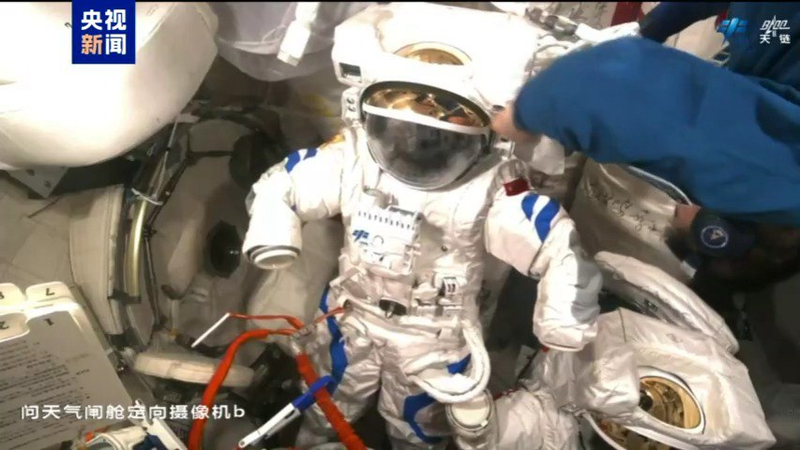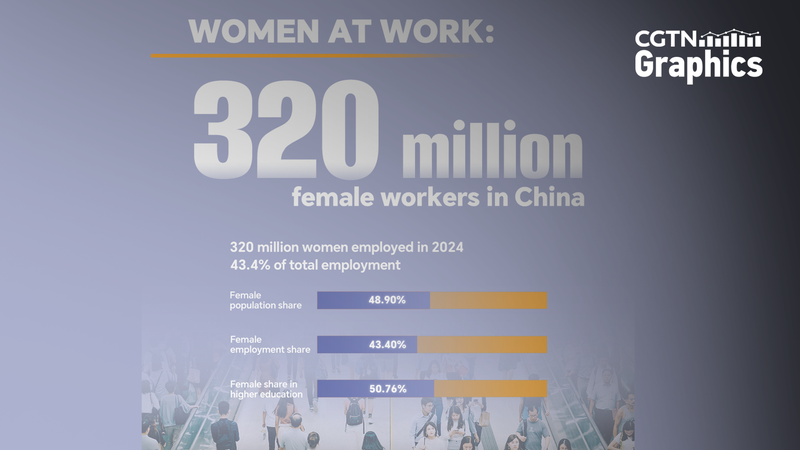The past week aboard the Chinese space station has been a busy one for the Shenzhou-20 crew: commander Chen Dong and taikonauts Chen Zhongrui and Wang Jie have unpacked next-generation extravehicular spacesuits, pushed forward space science experiments and put new technologies through their paces.
Suiting Up for the Next Frontier
The team started by unpacking two advanced extravehicular mobility units, each tailored for microgravity operations. After detailed inspections, they performed leak tests, checked joint articulation and verified life-support integration. These trials are crucial dress rehearsals ahead of China’s next scheduled spacewalk.
Space Science in Action
From studying fluid dynamics in microgravity to monitoring plant growth in sealed habitats, the crew continued a steady stream of research. Sensors tracked how water droplets behave in orbit, offering insights for future life-support systems. A compact lab module also hosted materials science tests, shedding light on the behavior of alloys and polymers under zero-g conditions.
Testing Tomorrow’s Technologies
Beyond experiments, the crew evaluated new robotic arms and inspection drones destined for station maintenance. They ran diagnostic routines on AI-driven cameras that can autonomously detect microcracks on the station’s exterior. These demonstrations point to a future where crew time can be freed up for more complex tasks.
As the Shenzhou-20 team wraps up these trials, they’re already eyeing the next phase: a fully orchestrated extravehicular activity to assemble new modules and expand the station’s research capabilities. With each step, they’re forging pathways not just for China’s space program but for commercial and international missions to come.
Reference(s):
Space log: Spacesuit unpacking, research and more for Shenzhou-20 crew
cgtn.com


